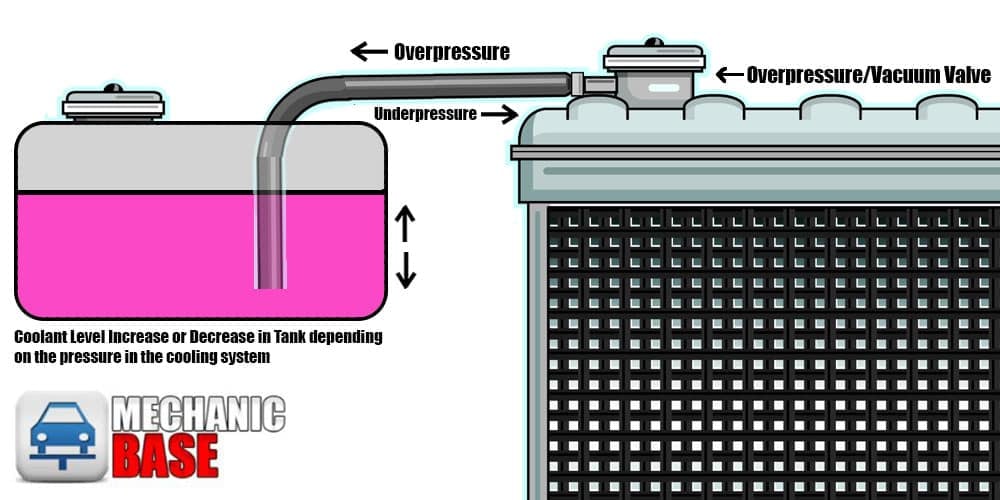

When the thermostat is faulty, it doesn’t open and closes at the appropriate time. A damaged thermostat will not be able to determine if the coolant boiling temperature is normal. Then remain close for the engine to heat coolant to start the car. First, it should open to let out the hot coolant from the engine into the radiator to cool. Therefore, the coolant thermostat must open and close at a specific time. The thermostat regulates the flow of coolant in and out of the radiator. An incompatible radiator cap will also allow air into the cooling system. Here, you will need to change the radiator cap to ensure you replace it with an OEM or manufacturer-recommended cap. The pressure starts fluctuating with the radiator cap out and can damage the radiator or allow air into the cooling system. Unfortunately, when this cap is faulty or replaced with a non-compatible one, it allows air into the cooling system, causing the coolant reservoir to bubble.Īn easy way to know bubbling is due to a bad radiator cap is that you will see bubbles in the coolant reservoir after driving for long. The radiator cap works as a pressure seal to keep pressure in the cooling system high while letting coolant flow into the expansion tank. This will help bleed any air in the radiator or reservoir before replacing the cover.


Run the engine with the radiator’s cap off for fifteen minutes after refilling to remove air pockets. When flushing and refilling the coolant reservoir or radiator, the air is trapped in the system. Solution: Allow air pockets to escape after refilling the coolant The expanded air pockets contract as the engine cools down hence, coolant is sucked from the reservoir to replace air. As you drive the car and it heats up, the air pockets expand and are pushed into the coolant reservoir. So what could be the cause of these bubbles? Air pocketsĪir pockets are trapped in the cooling system when coolant is flushed and refilled. Bubbles in reservoirs could be severe, and sometimes, it could be something to not worry about. The air pocket blocks the flow of liquid, which leads to a rise in temperature, causing coolant to bubble inside the reservoir. When air finds its way into this closed system, it forms air pockets. As a result, the vehicle’s cooling system is pressurized and uses a sealed hose system that allows coolant to flow around the engine. The air causes bubbles in the coolant reservoir. What causes bubbles in the coolant reservoir? Note: Antifreeze has a sweet odor and taste, and it’s important to keep it out of the reach of animals or small children. If you smell this from the engine, this could indicate that Antifreeze from the coolant has leaked. Some people say it smells like maple syrup, while others say it smells like butterscotch. If you are trying to identify whether you have a leak and have a hard time at it, you should check for a sweet smell in the air. If left untreated, the head gasket can rupture and leave you stranded. If air bubbles appear during the test, they must be eliminated as the combustion products enter the cooling system.


 0 kommentar(er)
0 kommentar(er)
